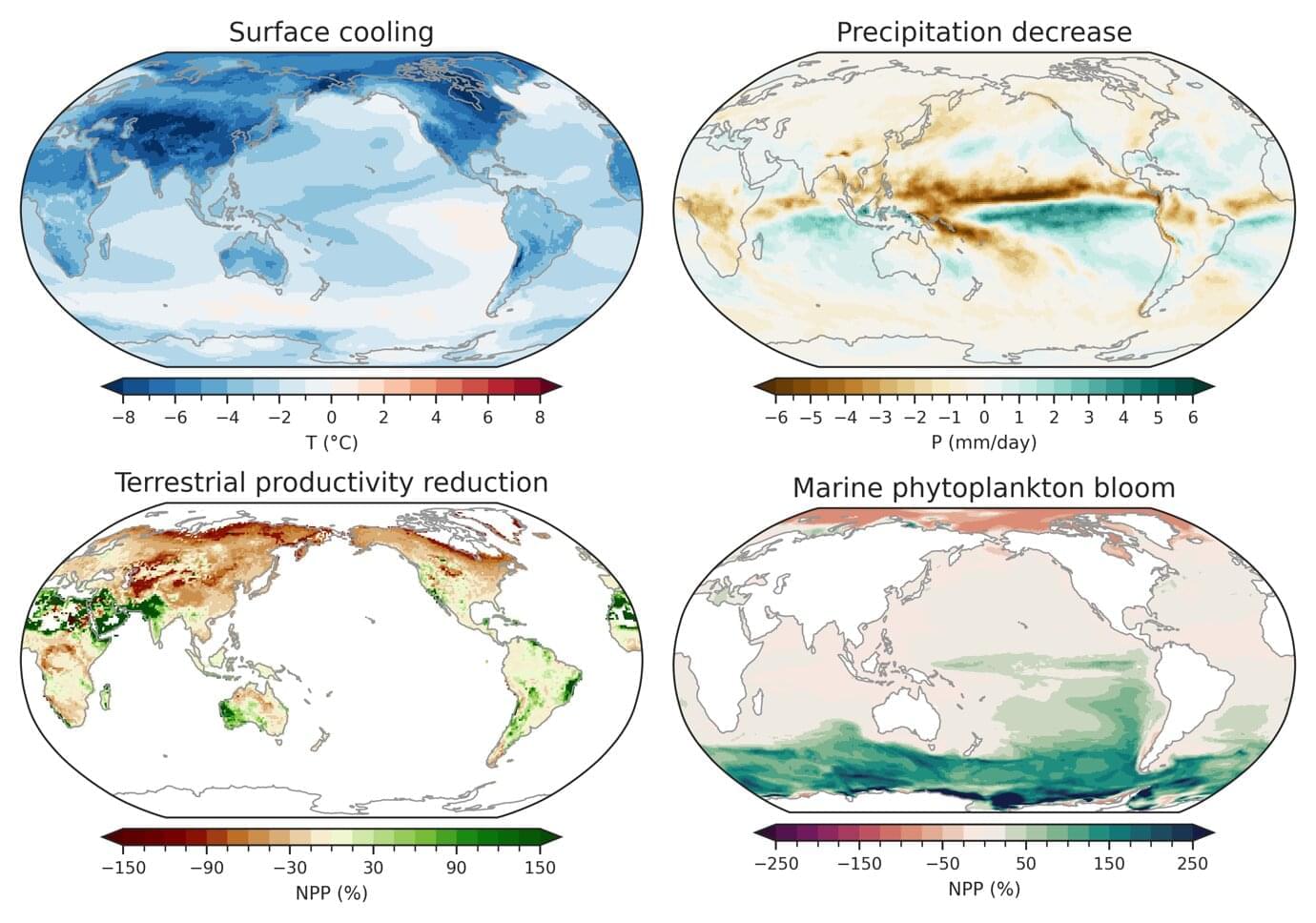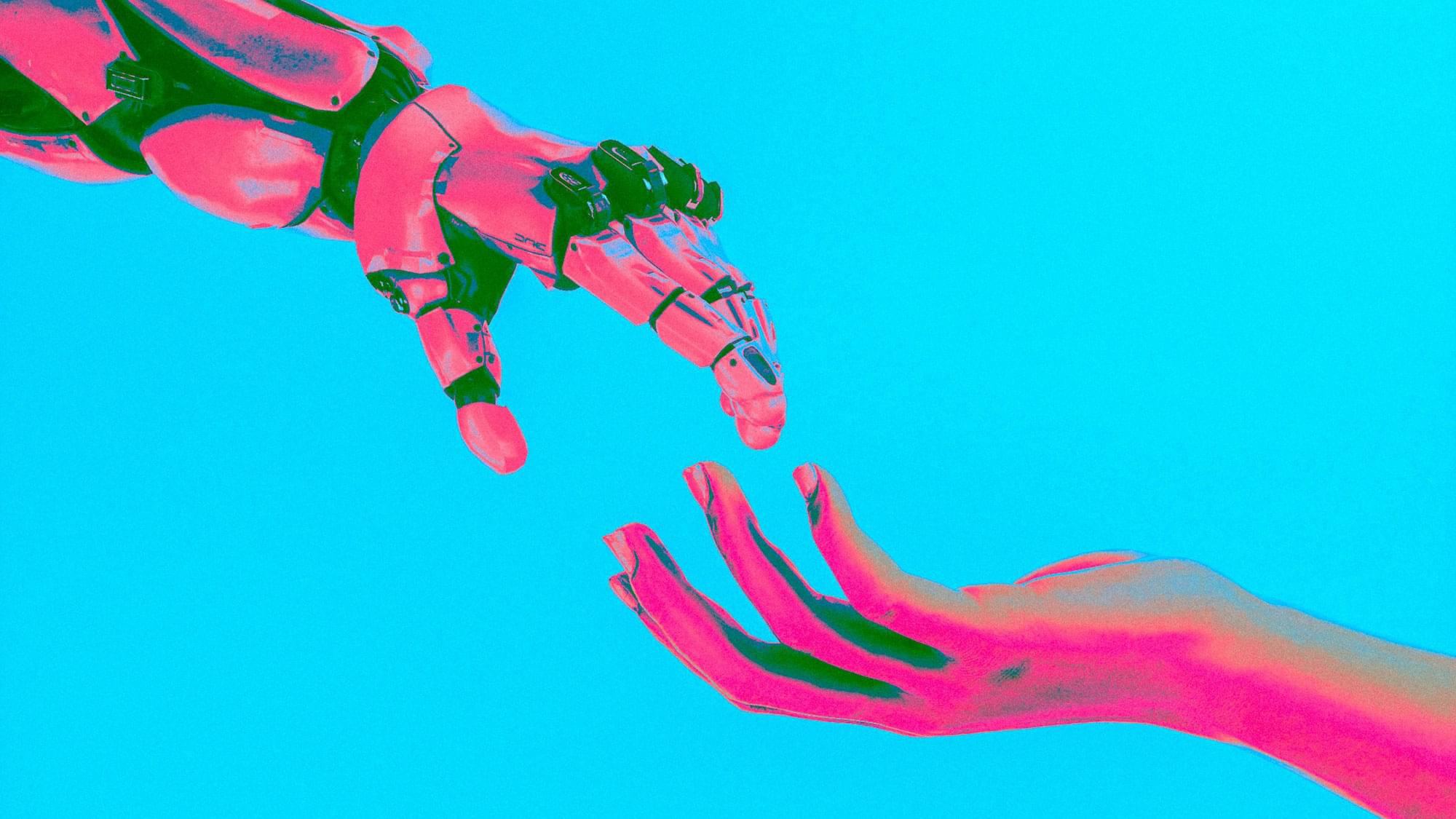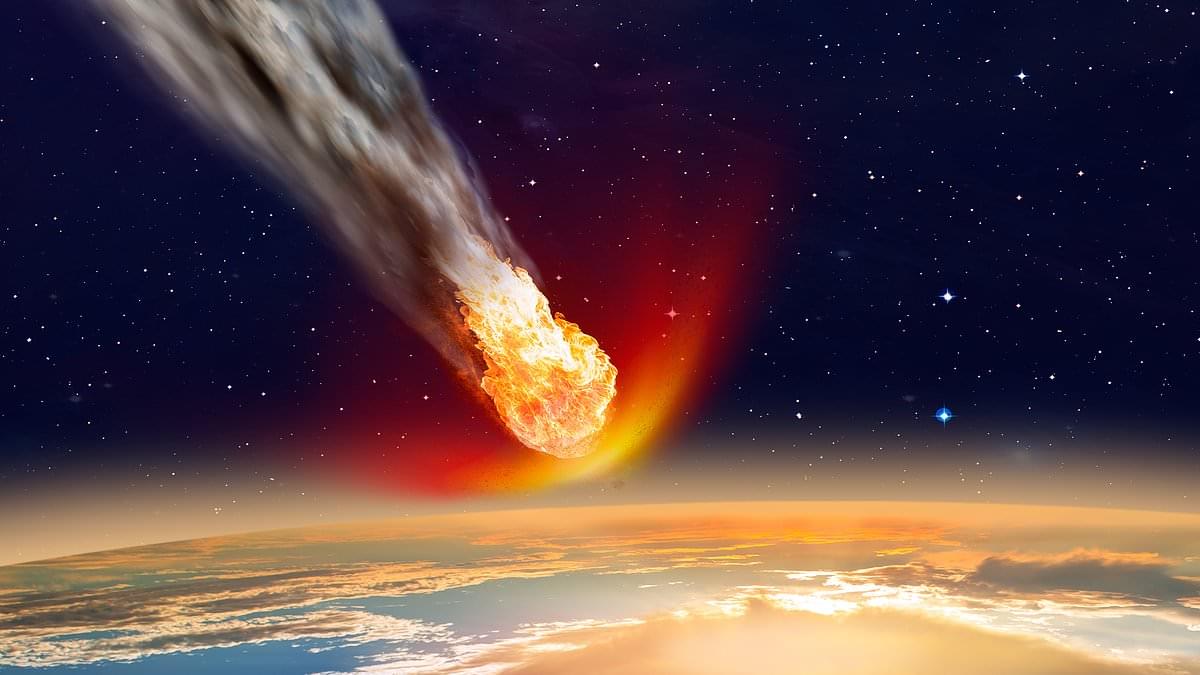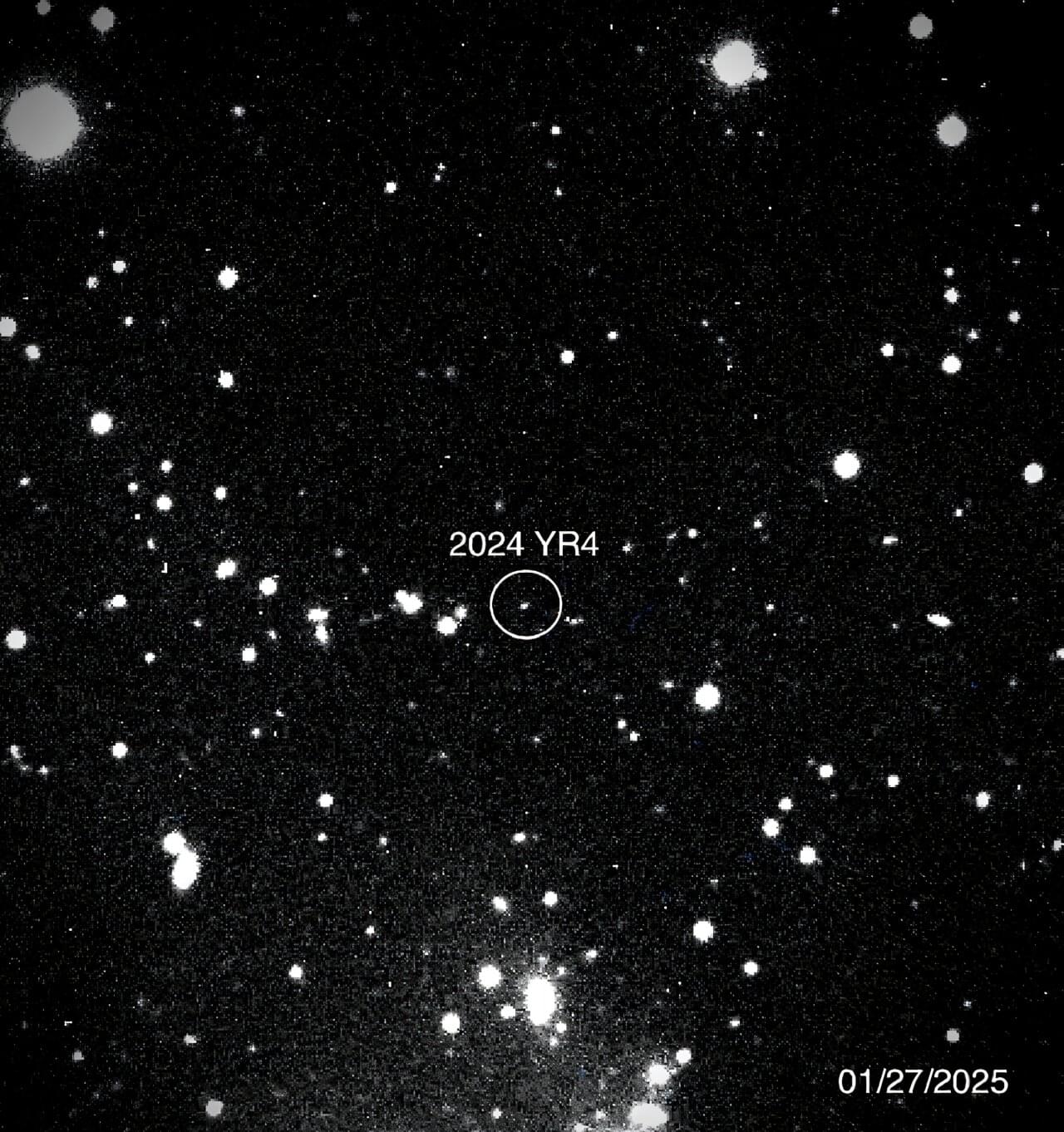Almost 2% chance for catastrophic impact in 7 years? What should we do?
GoldBacks from Galactic/Green Greg’s affiliate link:
Use coupon code GreenGregs for 1% off.
Outstanding Antioxidant for Your Health: https://shopc60.com/
Use discount code: GreenGregs10 for 10% off.
Inspire your kids to love science!
SAVE 20% OFF New Science Kits Using Code: NEWKITSSAVE20 https://www.pntra.com/t/SENKTExNSUhDR05OSUxJQ0dPRkxGRw.
For gardening in your Lunar or Mars habitat GalacticGregs has teamed up with True Leaf Market http://www.pntrac.com/t/TUJGRklGSkJGTU1IS0hCRkpIRk1K




